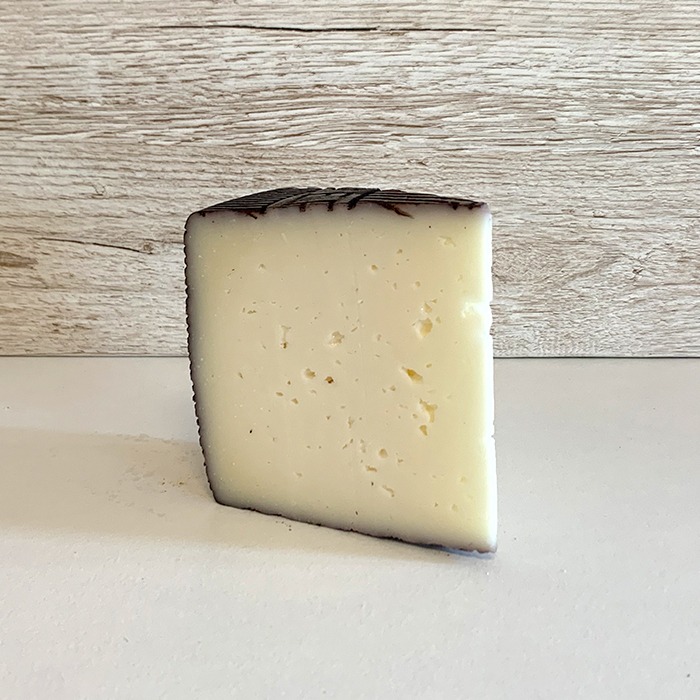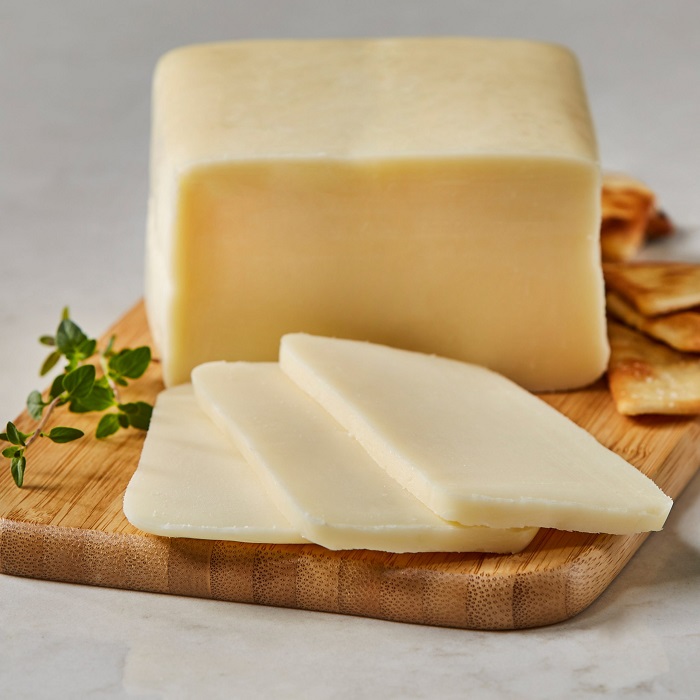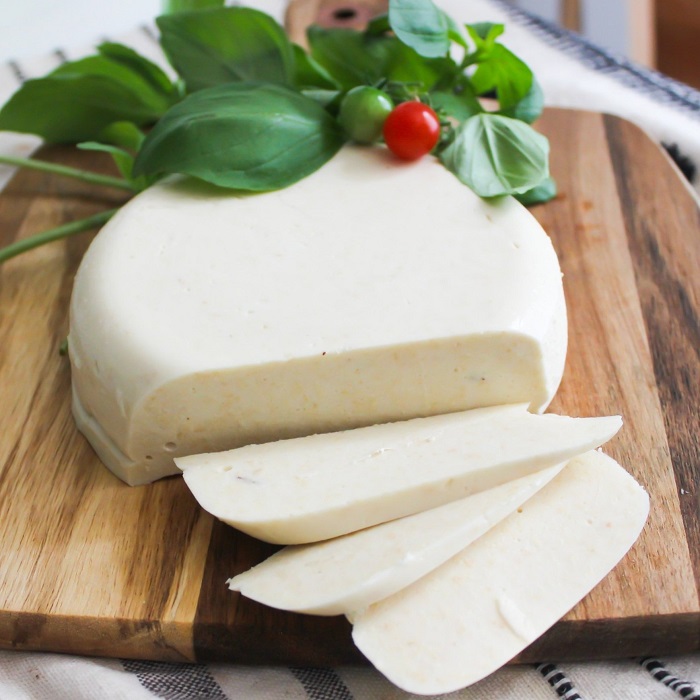Introduction to Breast Milk Cheese
The idea of breast milk cheese may seem novel to many. Yet, it represents an intriguing exploration into the boundaries of culinary innovation. Breast milk cheese is a product made from human milk. It is a unique type of cheese. This cheese-making venture speaks to those seeking personalized and perhaps more natural dairy options. As we journey through the process of making cheese, we will uncover its nuances and what sets it apart. Before delving into the steps, it is important to understand the concept fully. Breast milk cheese, like any other cheese, requires precise techniques and conditions to be successful. However, its creation also provokes questions about health, safety, and ethics. Each of these aspects deserves careful consideration. They are as significant as the cheese-making process itself. In this exploration, we will discuss the rationale behind making cheese from breast milk. We will also address the potential benefits and challenges such an endeavor presents. Knowledge and openness to learning will guide us through this unconventional culinary pursuit. Let’s embark on this journey with curiosity and an open palate.
Health and Safety Considerations
When venturing into the creation of cheese, health and safety are paramount. It’s essential to obtain breast milk from a source that guarantees health and cleanliness. Screening for infectious diseases and avoiding contaminants are vital steps. Let’s break down the health and safety considerations:
- Source Verification: Know where the breast milk comes from. Ensure it’s free of communicable diseases.
- Hygiene Practices: Maintain cleanliness in handling and storing the milk. Use sterilized equipment.
- Safe Handling: Treat breast milk with care. Avoid bacterial growth by keeping it refrigerated.
- Pasteurization: Consider pasteurizing the milk to kill harmful bacteria.
- Nutritional Content: Understand that the nutritional profile of breast milk may vary from person to person.
Moreover, those consuming breast milk cheese should be aware of potential allergies. As with any dairy product, there’s a risk of adverse reactions. It’s also wise to create small test batches first. This allows for quality control and safety checks before full-scale production. Making breast milk cheese demands respect for safety guidelines. It ensures the cheese is not only unique but also safe to eat.
Necessary Equipment for Cheese Making

When embarking on cheese-making with breast milk, having the right equipment is crucial. Let’s explore the essential tools you will need:
- Cheese Pot: Choose a large, heavy-bottomed pot to prevent scorching.
- Cheese Cloth: A fine-meshed cloth to strain curds from the whey.
- Thermometer: A reliable thermometer to monitor the milk’s temperature.
- Cheese Press: Necessary to form and compress the cheese curds.
- pH Meter: To check the acidity level, which is important for proper cheese formation.
- Measuring Spoons and Cups: For measuring ingredients accurately.
- Slotted Spoon: A spoon with holes aids in gently moving curds.
- Colander: To drain whey while keeping the curds intact.
Each piece of equipment plays a role in the success of your milk cheese. Use sterilized tools to ensure health and safety. Gather these items before beginning your cheese-making process to ensure a smooth and efficient experience. Remember, the quality of your equipment can affect the final product, so choose wisely and maintain them well.
Step-by-Step Process of Making Breast Milk Cheese
Making cheese involves a series of steps that are similar to traditional cheese-making. Yet, they must be adapted to the unique properties of breast milk. Here is a simplified guide to help you through the process.
- Start with Fresh Breast Milk: Ensure the breast milk is fresh and has been properly stored.
- Heat the Milk: Gently warm the milk to the right temperature, usually around 32°C (90°F).
- Add Culture: Introduce a cheese culture or acid to help coagulate the milk. This forms the curds.
- Coagulation: Let the milk sit undisturbed until curds form, which can take up to an hour.
- Cut the Curds: Once solid, cut the curds into uniform pieces to help whey release.
- Cook the Curds: Heat the curds again, stirring gently, to firm them up.
- Drain the Whey: Pour the mix through a cheesecloth in a colander to separate the curds from the whey.
- Press the Cheese: Place the curds into a cheese press to form the cheese block.
- Salt the Cheese: Once formed, salt the cheese to enhance its flavor and preservation.
- Cure the Cheese: Store the cheese in a cool, humid place to age.
During each step, maintain a clean environment and handle the milk and curds with care. Pay close attention to temperatures and timing for the best results. With patience and attention to detail, you can create a truly unique and personalized cheese from breast milk.
Flavoring and Aging: Enhancing the Taste

Once you have successfully created the basic form of cheese, the next step is to enhance its taste through flavoring and aging. The flavor profile of your cheese can vary greatly based on the methods you employ. Here’s how you can impart distinct flavors and mature your cheese for optimum taste:
- Add Herbs or Spices: Mixing in herbs or spices during the curd-forming stage can infuse your cheese with unique flavors.
- Use Beer or Wine: Washing the cheese rind with beer or wine can add complex undertones to the final product.
- Salt Brine Bath: Soaking the cheese in a salt brine can enhance its taste and texture.
- Dry Aging: Aging the cheese in a controlled environment will develop its flavor and firmness over time.
- Smoking: Exposing the cheese to smoke can give it a distinct smoky aroma and taste.
Remember to age your cheese in a cool, humid place to prevent it from drying out or developing unwanted mold. Regularly check on your cheese during this period to ensure it matures to your desired level. Aging can take anywhere from a few weeks to several months, depending on the cheese type and your personal preference for taste intensity.
Be mindful that the original flavor of cheese is subtle and delicate, so any additional flavoring should complement, not overwhelm. Experiment with small batches and different combinations to find the perfect balance for your palate.
Ethical Implications and Considerations
When we talk about breast milk cheese, it’s not just a culinary topic. It’s also a discussion filled with ethical questions. These implications deserve a closer look.
- Consent and Donation: The first question is consent. The milk should come from donors who have given explicit permission. Their health and well-being must also be considered.
- Commercialization Concerns: The idea of selling human milk raises questions. Is it ethical to commercialize a bodily fluid meant for infants?
- Environmental Impact: Breast milk cheese might have a smaller carbon footprint than cow’s milk cheese. But is it sustainable if demand grows?
- Cultural Sensitivities: Different cultures view breast milk in various ways. Some may see using it for cheese as disrespectful or taboo.
- Personal Comfort Levels: Not everyone might be comfortable eating cheese made from breast milk. Respect for individual choices is important.
Debating these points is key. It helps us reflect on how we value human milk and the products we derive from it. Whether for or against breast milk cheese, considering the ethical aspects is a must. It leads to a more informed discussion and, ultimately, decisions that account for a range of perspectives.
Breast Milk Cheese in Different Cultures
The concept of breast milk cheese might surprise many, as it stretches traditional dietary customs. Different cultures have varied reactions and acceptance levels to the idea of consuming dairy products made from human milk. In some societies, the nurturing aspect of breast milk extends beyond feeding infants and is celebrated in many forms, including cheese. These cultures may view breast milk cheese as an extension of motherhood’s nourishment.
However, in many Western cultures, dairy traditionally comes from cows, goats, or sheep. The thought of using human breast milk for cheese can be met with discomfort or curiosity. Despite this, some chefs and food enthusiasts in these regions are exploring the idea as a gourmet experience. They are keen to break boundaries and create new flavor profiles.
In certain parts of the world, breast milk is used in traditional remedies and may occasionally enter the culinary landscape. But that’s usually not in the form of cheese. In these places, the conversation around breast milk cheese could lead to broader culinary explorations and a redefinition of how we see human milk in food. This diversity showcases the wide range of cultural attitudes toward consuming products made from breast milk.
Understanding and respecting cultural differences is vital in the conversation about breast milk cheese. It’s important to approach the topic with sensitivity and an open mind. As breast milk cheese gains attention, we might see shifts in perception. This could lead to a richer dialogue about its place in various cultures and cuisines.
Innovative Recipes Using Breast Milk Cheese

With breast milk cheese, the culinary possibilities are intriguing and novel. Pioneering chefs and home cooks alike can experiment with this distinctive ingredient. Below, find innovative ways to incorporate breast milk cheese into recipes, elevating your cooking to new heights.
- Breast Milk Cheese and Herb Omelette: Start your day with a wholesome omelet. Whisk eggs, add finely crumbled cheese, and herbs. Cook gently for a soft, flavorful meal.
- Stuffed Bell Peppers: Mix breast milk cheese with rice, vegetables, and spices. Fill bell peppers and bake until tender. The cheese adds creaminess and a unique taste.
- Breast Milk Cheese Spread: Combine softened cheese with garlic, herbs, and a squeeze of lemon. Spread on crackers or toast for a delectable appetizer.
- Savory Cheese Muffins: Fold grated cheese into your muffin batter before baking. Enjoy warm with butter for a comforting snack.
Innovating with breast milk cheese means bridging the gap between tradition and the avant-garde. Each recipe celebrates the individual flavor of the cheese. These dishes could become a talking point at your table. Always remember to create small batches first. This allows for tasting and adjusting the recipes as needed.
Breast milk cheese, though unconventional, can offer a personal touch to meals. It can honor the intimate bond between mother and child. Yet, it’s important to consider its origin and ensure appropriate sourcing. As you explore these recipes, you maintain respect for the ingredient’s uniqueness and nutritional value.